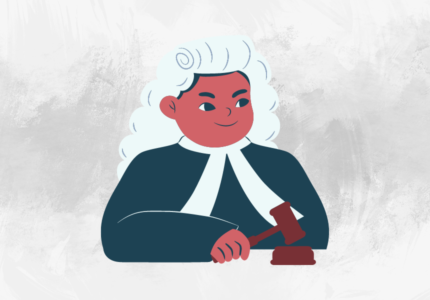
It’s important to include a covering letter when applying for jobs- either to accompany a capsule or an operation form. Your cover letter should make the beginner want to read your capsule/ operation form. Do not make the mistake of boring the beginner! Too numerous cover letter are veritably dull, droning on and on about the aspirant’s once achievements, present duties and tedious pursuits. Your capsule should cover( compactly) your chops, gests and present duties, your cover letter does not need to do that.
What it does need
1. Full contact details
Full means further than one way of reaching you. You need a cell/ mobile number, day telephone number, evening telephone number, dispatch address and postal address. Bear in mind that babe may want to communicate you during working hours if this is a problem( i.e. you do not want your present employer to know that you’re applying for other jobs), it’s fine to say so and ask for dispatch contact or evening calls only.
2. Which job you’re applying for- and any reference number
A surprising quantum of people do not state which job they’re applying for, and lots of companies announce further than one vacancy at formerly. This puts you out of the running for the job, as you look unrehearsed and disorganised.
3. A good letter layout
Your name, address and contact details should go at the top of the letter- either centred or right- aligned. The date should go below that, also the company address and beginner/ hiring director’s name. Below all that’s the’ Dear X’. Do not get this bit wrong. If you have the person’s name use’ Dear Mr X’ or’ Dear Mrs X’. Use’ Ms’ if you do not know whether to use’ Mrs’ or’ Miss’. still, however, whatever you do do not use’ Ms’, If the job vacancy stated’ Mrs’ or’ Miss’. A lot of women detest it!
If you do not have the beginner’s name also use’ Dear Sir/ Madam’. Yes, indeed in these ultramodern times! It’s considered polite, like shaking hands and excusing yourself when you sneeze each over someone. The close is different depending on whether you use a name or a Sir/Madam.However, also always close with’ Yours faithfully'( capital Y, small f), If you open with Dear Sir/ Madam. If you open with a name- i.e. Dear Ms Hall- also always close with’ Yours unfeignedly'( capital Y, small s).
It all seems noiselessly 19th century, but those 19th century mores can get you a job!
4. Formatting
Go readily on it. No clipart, no hard- to- read sources and no weird colours. It’s OK to have two sources, though- one for your contact details( nearly like letterheaded paper) and another for the letter itself. Microsoft have switched from Times New Roman to Calibri for their dereliction fountain and it’s quite a good idea to follow their lead. Times New Roman is a serif fountain( little flicky bits on the edges of letters), which can be a little hard to read. Calibri is sans- serif( sans = without serif, no flicky bits) and is easier, plainer, more simple and ultramodern.
Choose one fountain size for the whole letter- generally 11 or 12 pt. Any lower is hard to read, any larger aesthetics like a 10th grader trying to make it appear they’ve written more in their essay than they have! Stick to one type of layout. Do not grave one paragraph but not the coming- if you must grave( it can look a little old- fashioned), do it using tabs, not by tapping the spacebar. That is because utmost people who do that end up with each indenture slightly different.
It’s safer to left- align everything( piecemeal from your contact details at the top), including the close. Too numerous people mix layouts- chiseling paragraphs but left- aligning the close; or the other way round, left- aligning everything but centring’ Yours unfeignedly’.
5. About you
In your first paragraph, say which job you’re applying for and write a many rulings saying what you like about the company.
In your alternate paragraph, compactly outline your chops and why you suppose you’re suitable for the job.
In your third paragraph, give a little background information about yourself. Make sure this is applicable to the position or the company. So if you’re applying for a job in PR, it’s fine to say you have been a intelligencer, but not so applicable to say you did 3 times as a lumberman( although it might make a good book).
In your final paragraph, say that you have enclosed your capsule/ operation form and would veritably much appreciate the occasion of an interview.
A cover letter is a great way to make an impact. Make sure your spelling and alphabet are correct- the stylish way is to get an tense friend to check your letter for you! Do not use silly paper-plain white or cream is fine. Use a good quality envelope.
When you have written a cover letter that you are happy with, be sure to make a dupe for coming time, so you do not have to go through the whole sinuous process again from scrape!
Michelle Scott is a schoolteacher and author. She runs a training company with her adult son in Lancashire, in the North- West of England and offers free career advice through her website and in person.
She has two overgrown children, 3 tykes and 3 hens. She also has a spinning wheel( for the tykes ‘ fur), a Vita- blend( for health), a hand- controlled auto( since losing much of the use of her ankles in a auto accident) and a important- favored Macbook.
Her pursuits include reading, jotting, web design, photography, canine/ hen/ llama shows. Her favourite place is the sand- any sand, any rainfall.





